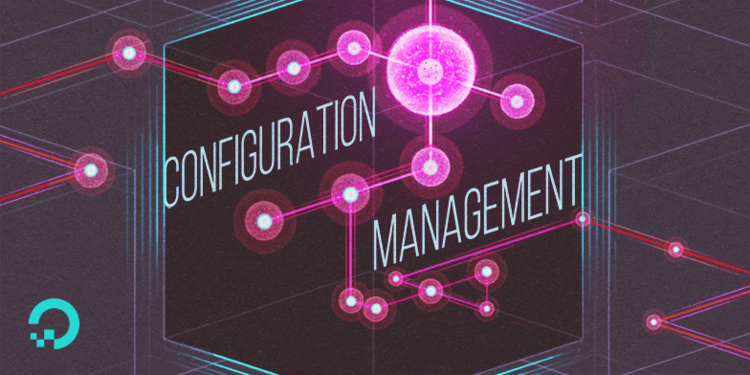Configure & Manage Automation
Configure Advanced Features
|
Feature |
Description |
|
Automated
Investigation |
Enables
the automation capabilities for investigation and response. |
|
Enable
EDR in block mode |
When
turned on, Microsoft Defender for Endpoint uses behavioral blocking and
containment capabilities by blocking malicious artifacts or behaviors
observed through post-breach Endpoint Detection and Response (EDR)
capabilities. |
|
Automatically
resolve alerts |
Resolves
an alert if Automated investigation finds no threats or has successfully remediated
all the malicious artifacts. |
|
Allow
or block file |
Make
sure that Windows Defender Antivirus is turned on and the cloud-based
protection feature is enabled in your organization to use the allow or block
file features. |
Manage Automation Uploads
It can enable the Memory Content Analysis capability and the Microsoft Defender for Endpoint can automatically investigate the memory content of processes. When enabled, the memory content might be uploaded to the Microsoft Defender for Endpoint during an Automated investigation.
Manage automation folder exclusions
It let you to specify folders that the Automated investigation will skip as well as control the following attributes about the folder that you'd like to be skipped:
- Folders- You can specify a folder and its sub-folders to be skipped.
- Extensions- You can specify the extensions to exclude in a specific directory. The extensions are a way to prevent an attacker from using an excluded folder to hide an exploit and they explicitly defines which files to be ignored.
- File names- You can specify the file names that you want to be excluded in a specific directory. The names are a way to prevent an attacker from using an excluded folder to hide an exploit and they explicitly defines which files to be ignored.
Block at Risk Devices
- Microsoft Defender Security Center- You will need to sign in to the portal with a global administrator role to turn on the integration.
- Intune- You will need to sign in to the portal with security administrator rights along with the management permissions.
- Azure AD portal- You will need to sign in as a global administrator, security administrator, or Conditional Access Administrator.




Comments
Post a Comment